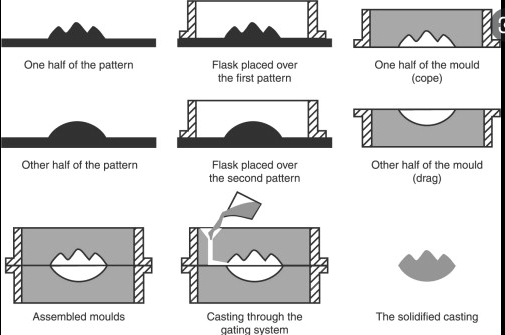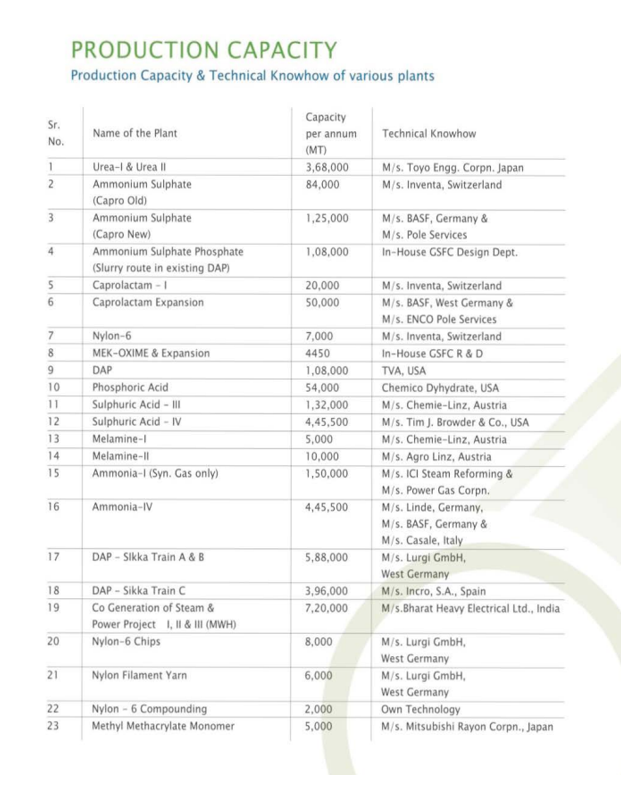
Aluminium in Electrical vehicles ( Source - Business world)
-The automobile industry has been one of the biggest consumers of aluminium.
-It is not just used for making the frame and body of vehicles, but also electrical wiring, wheels, ABS brakes, transmission, air conditione
-The automobile industry has been one of the biggest consumers of aluminium.
-It is not just used for making the frame and body of vehicles, but also electrical wiring, wheels, ABS brakes, transmission, air conditione
condenser and pipes, and in engine parts like pistons, radiator and cylinder head.
Use of aluminium, instead of steel, enhances performance, safety, fuel efficiency and durability, and also renders many environmental benefits.
Use of aluminium, instead of steel, enhances performance, safety, fuel efficiency and durability, and also renders many environmental benefits.
EVs are currently range constrained. A 100 kg reduction in the weight of an EV can translates into an additional 10-15 per cent increase in range. And increased range is critical to drive higher EV adoption and close the gap with ICE vehicles,
-Aluminium will also be used for creating the EV infrastructure besides its increased usage in the electric vehicle itself. “With charging stations and battery casings put together, aluminium extrusion usage can increase up to 80 kg per vehicle on average
Aluminium is significantly cheaper and easily available compared to alternatives like carbon fibre-reinforced composites and titanium.
Globally, on average around 250 kg of aluminium is believed to be used in each EV. The aluminium demand by EV makers was about 250 KT in 2018 globally and is expected to top out at 10 MTPA by 2030. The EV penetration in India is expected to be around 10-20 per cent in 2030
How much aluminium is being consumed by non-EV automakers today?
In the non-EV segment, the average aluminium consumption is about 50-70 kg in a car and 20-30 kg in a bike. Domestic aluminium producers supply around 50 KTPA out of a total of 110 KTPA of primary consumption.
In the non-EV segment, the average aluminium consumption is about 50-70 kg in a car and 20-30 kg in a bike. Domestic aluminium producers supply around 50 KTPA out of a total of 110 KTPA of primary consumption.
As of now, there is no change in the design of a car between EV and ICE, so average demand is almost the same across both segments.
Aluminum-air Batteries?
As per reports, researchers in South Korea have already made public the development of a new high-energy aluminium-air flow battery that is more efficient than gasoline-powered engines. Experts say the key is replacing and not recharging the depleted
As per reports, researchers in South Korea have already made public the development of a new high-energy aluminium-air flow battery that is more efficient than gasoline-powered engines. Experts say the key is replacing and not recharging the depleted
depleted battery packs. The new aluminium-air flow batteries produce electricity by reacting with oxygen in the ambient air instead of from an electrical source. Among the advantages of aluminium-air batteries are that they can hold greater charge, weigh less and cost less
India, as per news report, a local company retrofitted a Mahindra e2o with aluminium-air batteries at a cost of about Rs 2.5 lakh. It is claimed that Log9’s metal-air batteries can go up to 1,000 km if water is topped up every 300 km.
Recently, Indian Oil Corporation entered into a joint venture with Israel-based battery technology startup Phinergy to develop aluminium-air battery systems for EVs and stationary storage, as well as hydrogen storage solutions.
The JV plans to manufacture aluminium air systems in India and provide a boost to India’s ‘Make in India’ programme. At the same time, recycling of aluminium will help India in becoming ‘Atmanirbhar’ for energy requirements,” says Dharmendra Pradhan, Minister for Petroleum.
Indian Oil Phinergy, as the JV is called, plans to manufacture aluminium air batteries in India by sourcing the raw materials domestically. Leading automakers, including Maruti Suzuki and Ashok Leyland have already signed letters of intent with Indian Oil Phinergy
Experts say since the aluminiumair batteries cannot be recharged, wide availability of battery swapping stations would be needed if largescale usage of aluminium-air battery is being planned. The aluminium-air battery powered EVs are said to offer a range of 400 km or more
battery compared to lithium-ion batteries which currently offer a range of 150-200 kilometres per full charge.
Aluminium Challenges Reducing margins, lack of incentives for value addition, and a shrinking market share as aluminium imports receive subsidies are among the significant issues the downstream aluminium producers are facing today. “With a 13 per cent export incentive available
to them, the Chinese are dumping downstream products in India,” says Mehta of Jindal Aluminium. “With government support and sops, we can support the EV industry better and contribute to its faster and successful growth,” Mehta adds.
In the EV space, cost of production is a key driver. As per Kapur of Vedanta, the current costs of manufacturing aluminium are higher for t h e O r i g i n a l E q u i p m e n t Manufacturers than comparable ICE vehicles. “Domestic production of aluminium for usage in EV can
can significantly impact the total costs in the EV ecosystem. As primary aluminium imports into India are taxed at 7.5 per cent duty, in addition to working capital implications and forex implications of imports, domestic aluminium will be critical for the scaling of domestic EV
landscape with lower costs,” says Kapur.
However, beyond the domestic landscape, domestic aluminium manufacturers like Vedanta are also well set to contribute to the global EV ecosystem. “We are in the top quartile of cost efficiency in aluminium production and
However, beyond the domestic landscape, domestic aluminium manufacturers like Vedanta are also well set to contribute to the global EV ecosystem. “We are in the top quartile of cost efficiency in aluminium production and
India is an exporter of aluminium given the strong cost position. We can potentially play a leading role in providing high quality raw material at competitive costs to the global EV industry,” says Kapur, CEO – Aluminium & Power and MD – Commercial, Vedanta.
Therefore, the growth of domestic EV industry is India is also set to boost the demand of ancillary segments, aluminium being one such major metal that India produces in a cost-effective manner.
• • •
Missing some Tweet in this thread? You can try to
force a refresh







